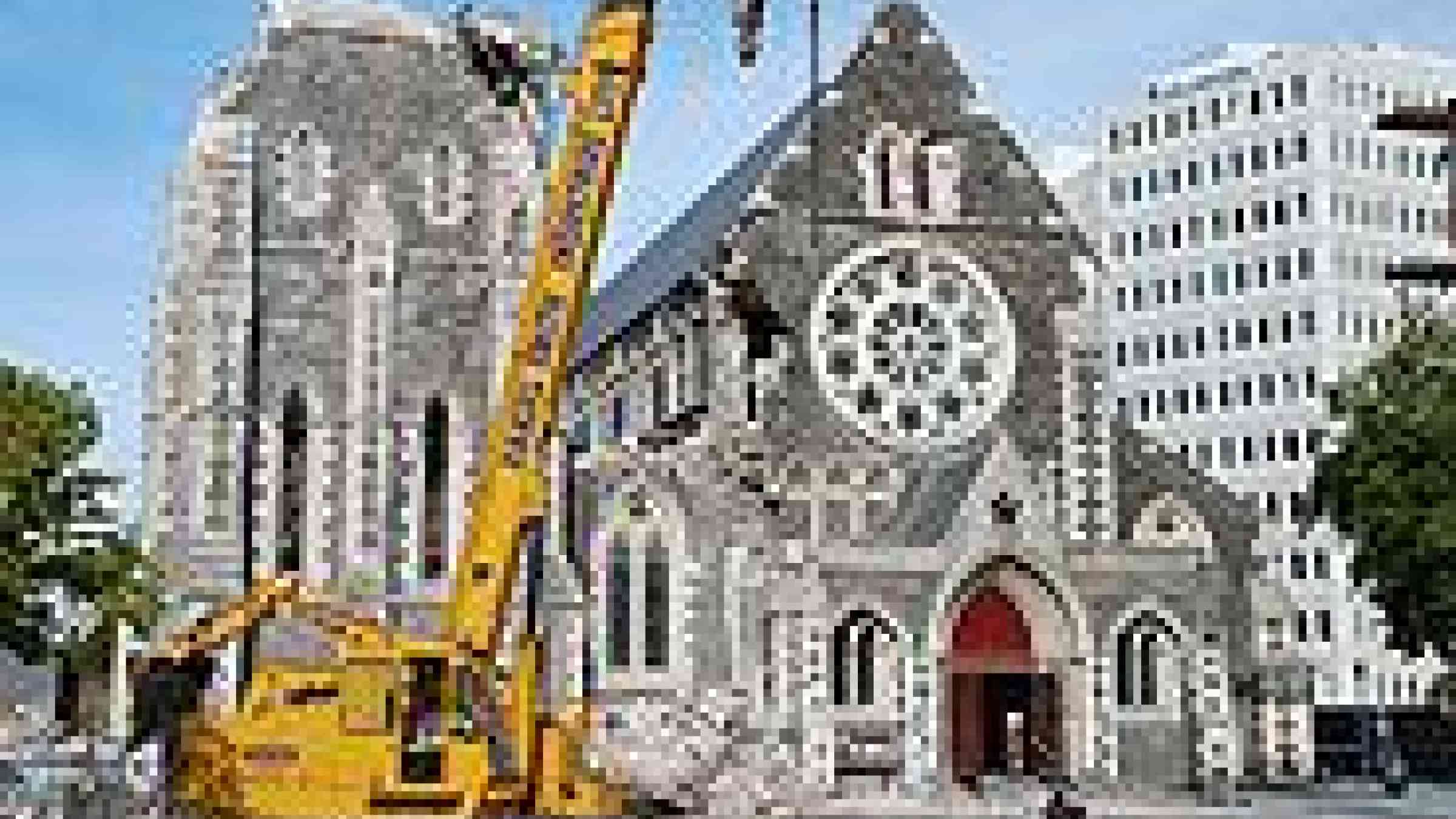Please help us improve PreventionWeb by taking this brief survey. Your input will allow us to better serve the needs of the DRR community.
New Zealand: Research provides pointers to psychosocial recovery in Christchurch

by Flickr user geoftheref / Geof Wilson, Creative Commons BY-NC-ND 2.0, http://www.flickr.com/photos/geoftheref/5484491625/
Press release
Newly published research is highlighting some important factors that can enhance psychosocial recovery after the Christchurch earthquakes.
Writing in a special issue of the New Zealand Journal of Psychology, the Psychosocial Recovery Advisory Group – an expert panel set up after the February 2011 earthquake – advocate a “strengths-based” approach to the recovery.
The advisory group was set up by the Massey University/GNS Science Joint Centre for Disaster Research, and advises key agencies involved in the Canterbury recovery.
Maureen Mooney, lead author on the article, says recovery does not involve returning to what was normal before a disaster, but finding a new balance. In the case of Christchurch, the process is especially complex because frequent and sometimes large aftershocks are a “chronic stressor”. “Individuals, families and communities will gradually settle into a ‘new normal’ and that is a long-term process,” she says.
Ms Mooney says the advisory group is encouraging agencies to focus on empowerment and building resilience (community strengths). “This approach is especially effective if it is accompanied by practical and psychological support and by information about associated health issues including the impacts and effects of and normal reactions to such experiences.”
Some practical components of a strength-based recovery recommended by the advisory group are:
- Goal setting and problem solving: eg helping people develop short-term, realistic and manageable goals, which build on their strengths and can limit a feeling of being overwhelmed
- Social support: eg facilitating mutual support amongst neighbours
- Spiritual and cultural practices: eg providing recovery mechanisms consistent with the spiritual and cultural orientation of the community, which helps people impose meaning on their experience
- Community diversity: eg incorporating spontaneous community initiatives such as Christchurch’s Student Volunteer Army
- Coordination and integration: eg coordination by one recognised person or body to foster collaboration across local community, government and non-government agencies
- Monitoring and evaluation: eg reactions may peak around anniversaries or as a result of large aftershocks highlighting the need for ongoing monitoring and assessment procedures. Also, interventions need to be evaluated and monitored so that evolving needs and gaps in the response can be picked up.
Explore further
Please note: Content is displayed as last posted by a PreventionWeb community member or editor. The views expressed therein are not necessarily those of UNDRR, PreventionWeb, or its sponsors. See our terms of use
Is this page useful?
Yes No Report an issue on this pageThank you. If you have 2 minutes, we would benefit from additional feedback (link opens in a new window).